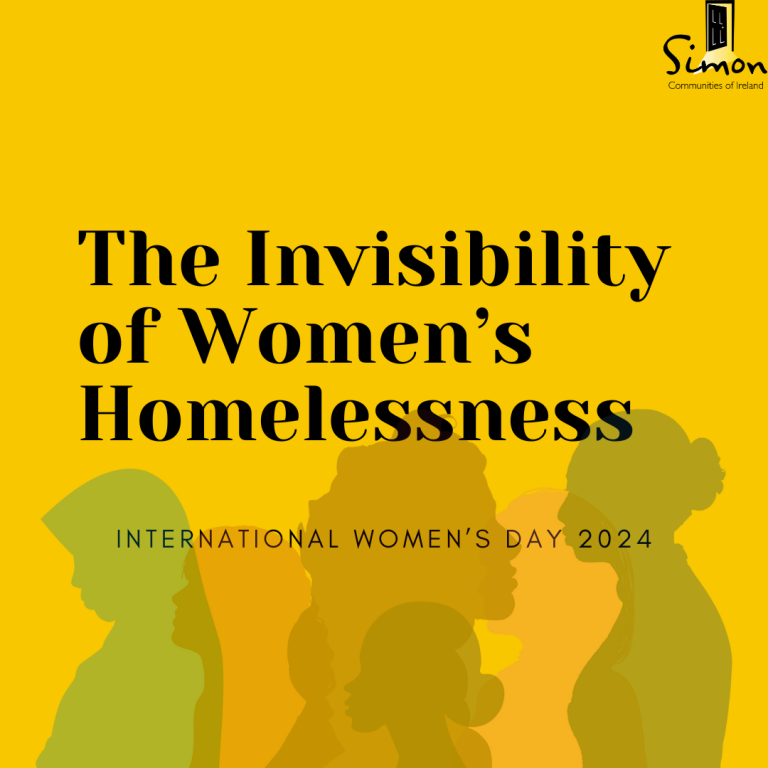The Covid-19 public health restrictions have had a short-term transformative impact on the delivery homelessness services in Ireland. A move away from congregated, multi-person dormitories to single bed units and own-door accommodation have been critical public health measures to avoid the spread of the virus within services.
Additionally, the move away from congregated settings has had broader positive impacts on outcomes and engagement for people using homelessness services. The move towards own-room and own-door emergency accommodation is critical to ensuring the health and dignity of people accessing homelessness services.
Pandemic Fall in Homelessness Numbers
In February 2020 there were 10,148 people in emergency accommodation in Ireland. This fell to 8,313 by February 2021, demonstrating that after consecutive years of increases in homelessness in Ireland, the lockdown period created an opportunity to reset the trajectory of homelessness in Ireland. The fall in homelessness numbers can be attributed to;
- Increased homelessness Prevention Measures- measures to stop people becoming homelessness in the first place stopped the flow of new families into homelessness over the lockdown period, and included;
- Moratorium on Rent Increases
- Moratorium on Evictions
- Enhanced outreach by local authority teams to prevent families becoming homeless by securing alternative accommodation
- Increased supply of units to support move on from homelessness services. Increase supply was achieved through;
- Capturing short-term lets which had previously been used for tourism purposes entering the private rental market
- Moving individuals from dormitory settings to single-occupancy rooms, including in hotels
- Use of capacity created by move on and reduced entry into homelessness services to reduce occupancy rates in hostels
Changes in the Provision of Homelessness Services
Homeless services, local authorities and HSE social inclusion teams were required to very rapidly implement public health guidelines in services, particularly around social distancing and reducing the numbers of people sharing accommodation.
The primary changes required related to reducing congregated settings in homelessness services, particularly dormitory and multi-person occupancy rooms.
The ability to reduce capacity and move away from congregated settings was facilitated by the prevention measures stemming the flow of people into homelessness, and the increased rental market capacity to move people on from homelessness into the private rental market. These factors, prevention and increased private rental market stock, are external to the provision of homelessness services. Any effort to move away from congregated settings requires a broader plan to strengthen homelessness prevention measures, and increase the supply of long-term housing units.
Within homelessness services themselves, the following measures were put in place, despite serious challenges of practicability and resources;
- Decanting Existing Residents- working in close collaboration with local authorities, homeless services sought to capture increased short-term rental supply in the period to allow for more own-door emergency accommodation.
- Decreasing Density- reducing the numbers of individuals in shared dormitories and bedrooms also involved the use of hotel rooms and the takeover of private hostels to increasing the capacity of emergency accommodation.
- Isolation and Cocooning Facilities- public health measures required that contingencies be developed whereby emergency accommodation centres had specific spaces allocated for the scenario that a client would test positive for the virus and require isolation. In oversubscribed services finding the space for isolation rooms proved extremely challenging.
Cost to Homelessness Services
- Budget 2020 had allocated €166 million for the cost of providing homelessness services under Section 10 of the Housing Act in 2020.
- Budget 2021 has indicated that the actual spend on homelessness services in 2020 will have been €196 million, due to the impact of Covid-19 public health requirements.
- Budget 2021 announced a €22 million increase in spending on homelessness, bringing the budget to €218 million.
Therefore, it can be surmised that the cost of implementing the public health requirements and capturing short-term rental accommodation for emergency accommodation during the course of 2020 has been €30 million.
Benefits of Move Away from Congregated Settings
Our research has shown that there have been real benefits to moving away from congregated settings during the pandemic period.
- Long-term rough sleepers with complex needs were more likely to accept an offer of own-room or own-door accommodation during the pandemic period than they had been to accept the offer of multi-person dormitory accommodation pre-pandemic.
- In a number of cases this led to very positive outcomes for long-term rough sleepers with complex needs- providing clients with their ‘own space’ was seen as pivotal in engaging with rough sleepers.
- Fast-tracking of families living in family hubs into social housing occurred with the increased supply of private rental accommodation.
- The pandemic period has raised public awareness of the importance of a home for staying safe. The public messaging of “stay home” to stay safe has cut through in demonstrating the importance of providing people with their own space in order to live secure and safe lives.
Key Recommendations
- Enhance Homelessness Prevention Measures
By stemming the flow of individuals and families into homelessness, it creates the breathing room for homelessness services to enhance capacity and allow for own-room emergency accommodation within hostel settings and the sourcing of own-door emergency accommodation on the private rental market. Key homelessness prevention measures which the Simon Communities of Ireland have called for are;
- A National Homelessness Prevention Strategy be developed with an all of government approach to tackling homelessness. A strategy should include dedicated funding for homelessness prevention measures under Section 10 of the Housing Act, including funding for outreach teams to identify families and individuals at risk of homelessness.
- Reform of tenancy law so that nobody or no household can be evicted into homelessness. Alternative accommodation must be sourced before an eviction can be allowed to occur.
- Commission research into the scale of hidden homelessness, to quantify the number of individuals or households in insecure, inappropriate, overcrowded or multi-household accommodation.
- Redesign of Emergency Accommodation to Reduce Congregated Settings
Homelessness services should be supported to reconfigure away from multi-person occupancy bedrooms and dormitories, to single person rooms in hostel settings and own-door properties for single and multi-person household where possible.
- Escalate Capacity to Move People On from Homelessness
Enhanced capacity to move on from homelessness requires that long-term properties be available for people to move into. This requires;
- An ambitious programme of social housing building, with 15,000 new social housing units built each year, half of which should be one or two bedroom properties
- Expansion of the Housing First programme which has a proven record of ending long-term homelessness for those with complex needs
- An increase of Housing Assistance Payment and Rent Supplement welfare supports to ensure that they are set at levels which reflect the realities of the private rental market across the country.


